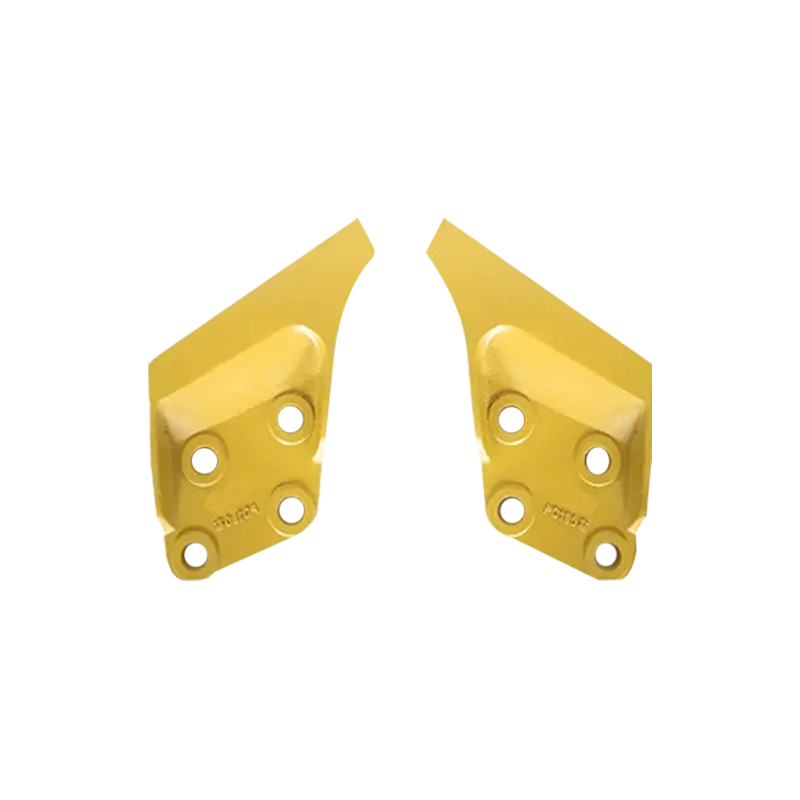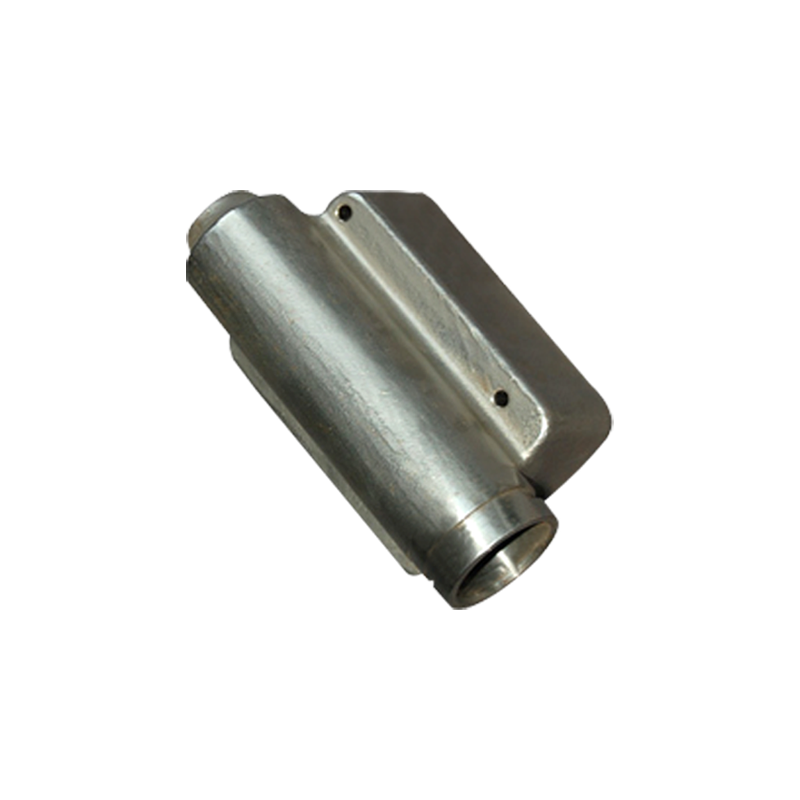Our quality assurance services and processes ensure the reliability of our products and your satisfaction.
What is ductile iron?
Ductile Iron Parts, also known as spheroidal graphite cast iron, is a cast iron material in which graphite exists in a spherical form by adding magnesium or rare earth elements to molten iron. This unique graphite form significantly improves the mechanical properties of cast iron, giving it higher strength and toughness. Compared with traditional gray cast iron, ductile iron exhibits stronger toughness and plasticity when subjected to impact and deformation, reducing the risk of fracture, and is therefore widely used in the manufacture of parts requiring high mechanical properties.
Main advantages of ductile iron parts
1. High strength and toughness
The tensile strength of ductile iron is usually between 400700 MPa, much higher than the 200300 MPa of gray cast iron. Its excellent toughness allows it to absorb large impact energy without breaking, making ductile iron parts particularly suitable for applications with high loads and impact forces. Ductile iron parts can effectively resist fatigue damage and extend the overall life of mechanical equipment. In addition, due to its high strength, designers can adopt thinner structural designs, thereby reducing the weight and material costs of parts.
2. Excellent wear resistance
The spheroidal graphite structure inside ductile iron reduces the wear between the friction surfaces, and because of its high hardness, it can resist long-term friction and wear. Especially in parts that need frequent operation and contact, such as gears, bearing seats, and pump housings, ductile iron exhibits excellent wear resistance. This feature not only extends the service life of parts, but also reduces the frequency of equipment maintenance and replacement of parts, thereby saving a lot of maintenance costs.
3. Good processing performance
Although ductile iron has high strength, it still maintains good machining performance. Compared with steel, ductile iron has less tool wear during machining and higher processing efficiency. It can be easily processed and formed by drilling, milling, turning and other methods to meet the precision machining needs of various complex parts. At the same time, the casting performance of ductile iron is also very superior, which can realize the casting of complex structures and reduce the subsequent processing volume and cost.
4. Strong corrosion resistance
The corrosion resistance of ductile iron is mainly due to its dense metal matrix and spheroidal graphite structure. Compared with ordinary cast iron, it can better resist the erosion of corrosive media such as moisture, acid and alkali, and is particularly suitable for industrial parts that need to contact liquids, such as water pipes, valves, and pump bodies. After appropriate surface treatment (such as spraying and plating), the corrosion resistance of ductile iron parts can be further improved to meet the application requirements of more severe environments.
5. High cost-effectiveness
Ductile iron combines the mechanical properties of steel and the economy of cast iron. Its raw material cost is relatively low, the processing cycle is short and the tool loss is saved, which greatly reduces the production cost in general. Compared with all-steel parts, ductile iron parts can achieve higher cost performance while maintaining high strength and toughness. In addition, due to its excellent wear resistance and corrosion resistance, the use of ductile iron parts can reduce the frequency of maintenance and replacement and reduce long-term operating costs.
Main application areas of ductile iron parts
Automobile manufacturing
Ductile iron parts are widely used in automobile manufacturing. The engine block is one of the typical applications of ductile iron. Due to its high strength and heat resistance, it can withstand the high temperature and high pressure working environment of the engine. Suspension systems, steering knuckles, brake drums and other parts are also made of ductile iron to ensure the stability and safety of the car. The good shock absorption ability of ductile iron parts can also effectively reduce the vibration during the operation of the car and improve driving comfort.
Mechanical manufacturing
Key parts such as drive shafts, gears, racks, pump bodies, etc. in mechanical equipment are mostly made of ductile iron. Its high strength and good toughness ensure the stability of the equipment during long-term operation and prevent mechanical failure and breakage. Especially in the field of heavy machinery and mining equipment, ductile iron parts withstand huge impacts and loads to ensure safe and efficient operation of the equipment.
Pipelines and valves
Ductile iron pipe fittings and valves are widely used in water supply and drainage pipelines, gas pipelines and various industrial pipeline systems. Ductile iron has good pressure resistance and corrosion resistance, adapts to various water quality and environmental conditions, and ensures the long-term stability of the pipeline system. Due to its excellent sealing performance, ductile iron valves perform well in regulating flow and pressure and are widely used in urban infrastructure construction.
Construction Engineering
In bridge supports, construction machinery parts and heavy-duty load-bearing structures, ductile iron parts are widely favored for their high strength, wear resistance and impact resistance. It can withstand the huge loads and impact forces generated during construction, ensuring the safety and stability of the building structure. At the same time, the manufacturing flexibility of ductile iron parts makes them suitable for engineering parts of various complex shapes to meet diverse construction needs.
Agricultural Machinery
Agricultural machinery and equipment operate in harsh environments and are often exposed to mud, dust, impact and wear. Ductile iron parts have become an ideal material for key parts of tractors, seeders, harvesters and other equipment due to their high strength and wear resistance. Its corrosion resistance can also effectively cope with the humid environment in farmland, extend the service life of equipment and reduce maintenance frequency.
 Language
Language
 FT CASTING
FT CASTING















